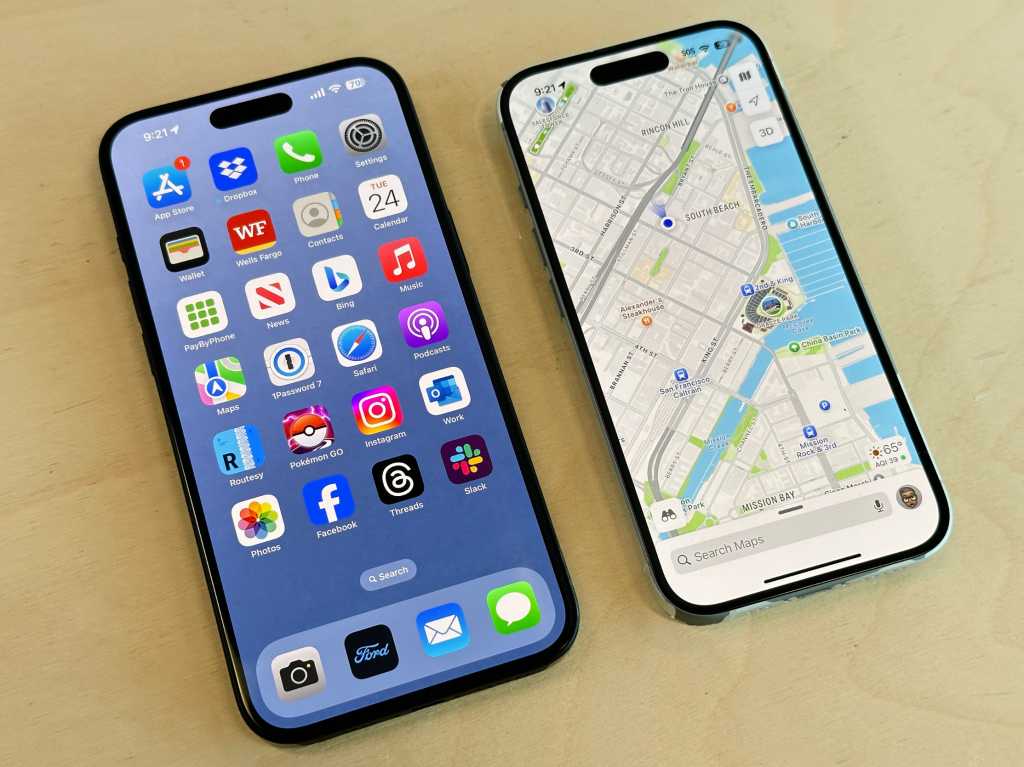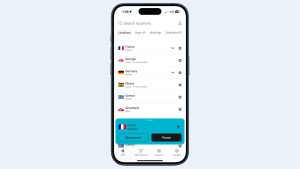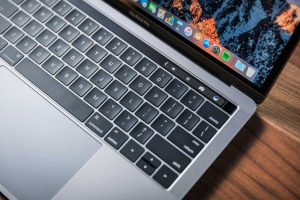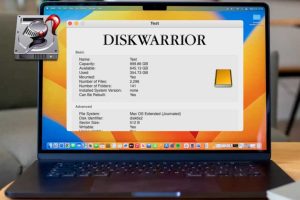
 At a glance
At a glance
Expert’s Rating
Pros
- Camera Control is a boon for users who frequently shoot photos
- Amazing battery life
- Great processing and graphics performance
Cons
- Camera Control takes some practice to use to its potential
- Display refresh rate is still locked to 60Hz
- No always-on display
Our Verdict
Almost everything the iPhone 16 does, it does very well. It has all the features most people need every day and a few more that are usually reserved for Apple’s Pro lineup. If you need a bigger display and/or battery, there’s the iPhone 16 Plus.
Price When Reviewed
This value will show the geolocated pricing text for product undefined
Best Pricing Today
Price When Reviewed
$799
Best Prices Today: Apple iPhone 16
$799

$829.99
Those familiar with Apple’s iPhone lineup understand that the company puts out two sets of phones: one set with “Pro” in the name to denote that they have advanced features not found in the other set of phones, which go by the iPhone name and version number–in this case, it’s the iPhone 16 (and iPhone 16 Plus for the larger screen and battery).
Before this release, choosing between the Pro and non-pro iPhones was a bit of a brain twister. The Pro has the fancier camera setup and you could convince yourself you don’t need it, but then you start to look at the other features that the Pros have (Action button, ProMotion, 5x zoom, newer chip). You could start to develop a Fear of Missing Out.
With that in mind, there’s very good news with the iPhone 16 and iPhone 16 Plus: Some of the major new features Apple introduced are on both the iPhone 16 and the 16 Pro, plus the 16 Pro’s features fill a high-end niche that most people aren’t going to care about. The FOMO is gone, and with the iPhone 16, Apple has a phone that will make a vast majority of its users very happy.
This review takes a look at the iPhone 16 and iPhone 16 Plus. The only difference between the two is the size; the chip, display technology, buttons, cameras, and just about everything else is the same. When I refer to the iPhone 16, I’m talking about both phones and I call out the iPhone 16 Plus specifically when necessary, such as with the battery.
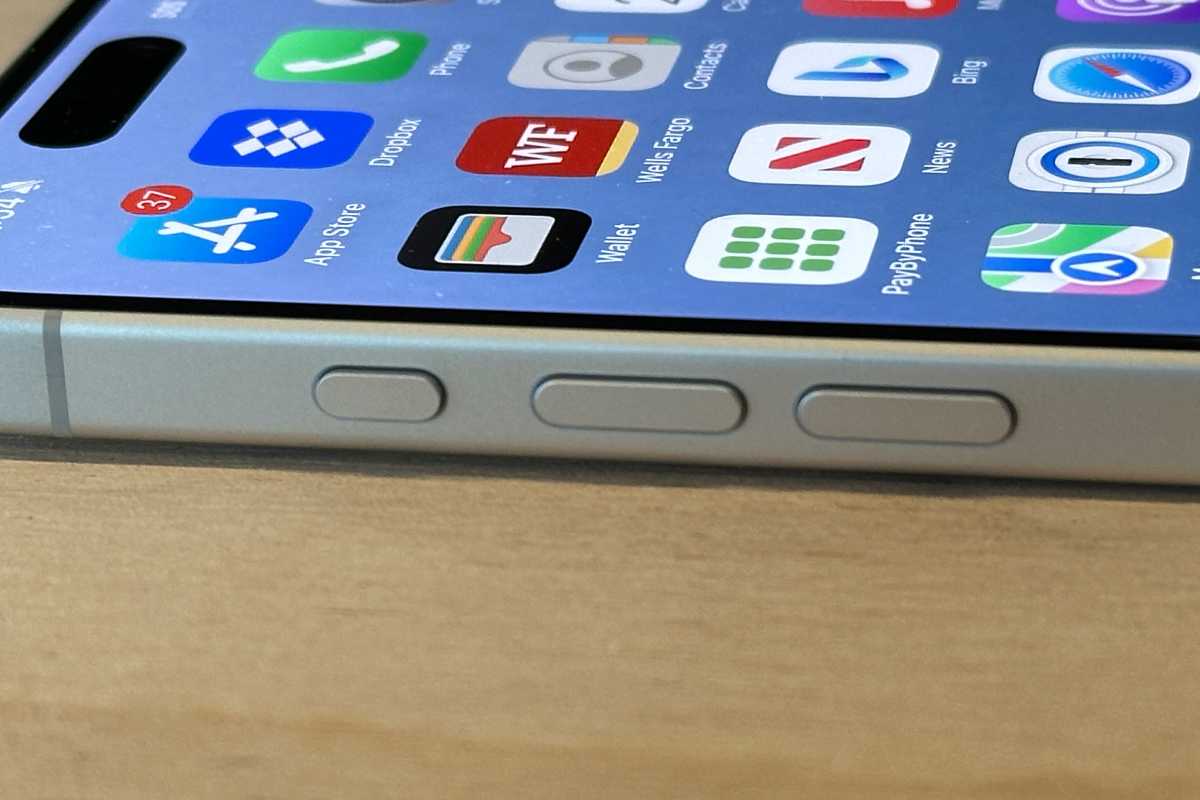
The Action Button makes its way to the non-Pro iPhones, replacing the mute switch.

The Action Button makes its way to the non-Pro iPhones, replacing the mute switch.
Foundry

The Action Button makes its way to the non-Pro iPhones, replacing the mute switch.
Foundry
Foundry
iPhone 16 and 16 Plus: Action Button and Camera Control
With the iPhone 15 Pro, Apple introduced the Action button, which replaced the mute switch. It’s still on the iPhone 16 Pro but it’s now on the iPhone 16, too, so there’s one “pro” feature that made its way down the product line. By default, the Action button is set for mute to mimic the previous switch’s behavior, but it can be changed in iOS’s settings to activate Focus, the Camera, the Flashlight, Voice Memo, Shazam, Translate, Magnifier, a Control Center control, a Shortcut you’ve created, an Accessibility feature, or No Action.
The Action Button is so easy to appreciate, especially if you’re tired of navigating through iOS to get to a feature or app you constantly use. I set mine to Flashlight and now it’s available at the push of a button instead of having to wake the phone and tap-and-hold the Flashlight icon on the Lock screen or access Control Center. The next time I travel to a non-English speaking country, I’ll set it to Translate and have quick access to the Translate app. If you want the Action button to do more than the provided options, you can create and assign it to a Shortcut–it sounds daunting, but it’s really not. Learn how to use Shortcuts to make the Action Button do more.
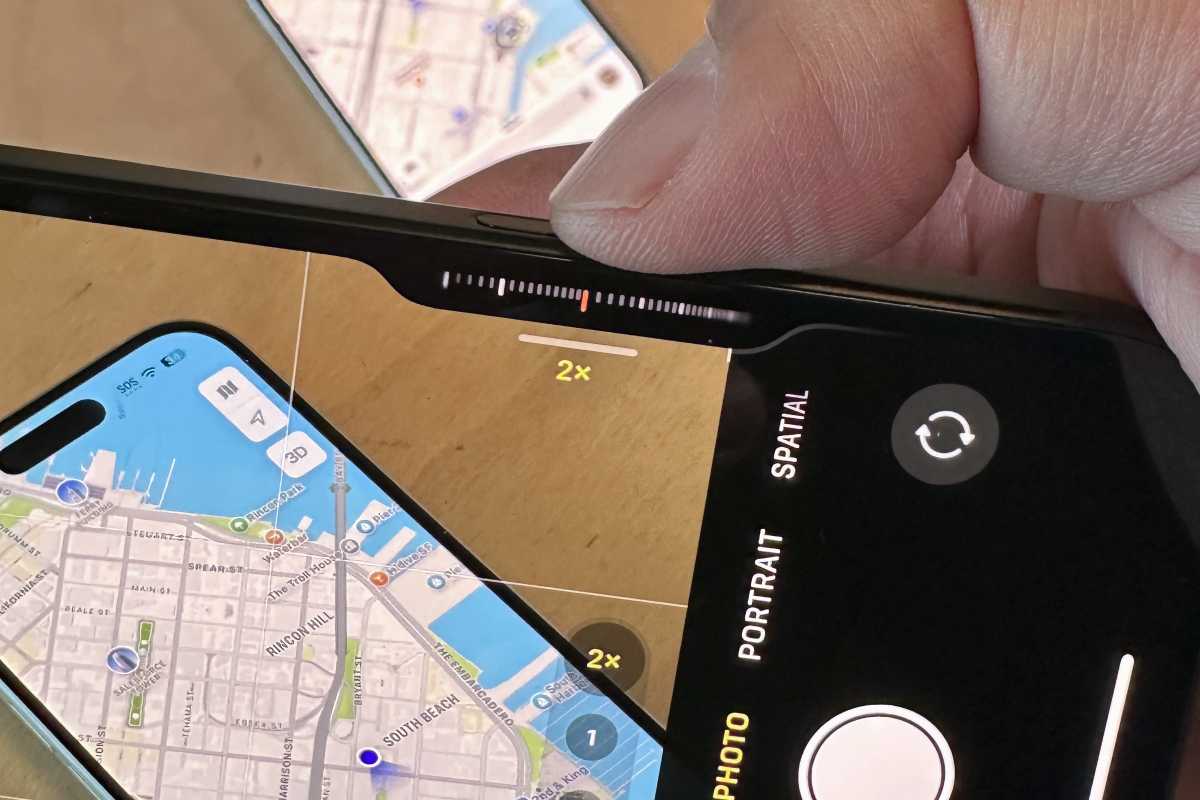
Camera Control is a good idea, once you get used to it.

Camera Control is a good idea, once you get used to it.
Foundry

Camera Control is a good idea, once you get used to it.
Foundry
Foundry
The new Camera Control button, which is exactly the type of feature Apple usually reserves for Pro model phones, is available on the whole iPhone 16 lineup. This button is placed below the power button on the lower right side, and when holding the iPhone 16 horizontally with the Camera Control on top, its placement is akin to the shutter button on a traditional camera. The button works regardless of how you hold the iPhone 16, but if you’re not comfortable with its placement, you can still use the Action button to launch Camera and you can turn off Camera Control completely–it can’t be reassigned to do a non-camera related task.
By default, Camera Control is dedicated to the stock Camera app. You can change the Camera Control setting in the Camera settings so that it opens a third-party camera app such as Halide, Obscura, or Instagram, and it even works with Final Cut Camera. Apple has an API for Camera Control for third-party camera-centric apps, so if you don’t see your favorite app in the settings, be on the lookout for a future app update.
Considering how often users access the camera, Camera Control is a great idea, though it has a steep learning curve for figuring out its nuances. For example, press it completely, and then upon release your camera app opens, but it doesn’t snap a picture. But once in the camera, the button acts as a shutter. You can also hold the button down to immediately begin recording a video but you’ll need to keep it pressed the whole time. As soon as you lift your finger, it stops recording.
The Camera Capture button does more than shoot; it provides access to options like zoom, exposure, and styles. To get to those options takes a “double light-press” of the button, not a full press, but after a week I’m still mastering the timing and sensitivity of this action. Users can adjust the sensitivity and speed of pressing the button in Accessibility > Camera Control, which I’ve found helpful in getting comfortable with Camera Control. Get all the details on how to adjust the Camera Control button.
iPhone 16 and 16 Plus: Camera
Apple continues to outfit the non-Pro iPhones with a dual camera system and the iPhone 16 has support for taking spatial photos–that’s why the cameras are now lined up in a row instead of diagonally. The main Fusion camera (as it’s now called) has a 48MP camera that includes support for 2x optical telephoto. Then there’s the 12-megapixel ultrawide camera that’s capable of taking macro shots–yet another feature that was previously only on the iPhone Pro.

The iPhone 16 and 16 Plus lack a dedicated telephoto lens.

The iPhone 16 and 16 Plus lack a dedicated telephoto lens.
Foundry

The iPhone 16 and 16 Plus lack a dedicated telephoto lens.
Foundry
Foundry
The iPhone has always taken great pictures and Apple has done nothing here to negatively affect the quality. The new macro ability allows users to find a creative outlet that wasn’t previously available in the non-Pro iPhone. Thankfully, the ultrawide camera is better in low-light situations.
A new camera feature throughout the iPhone 16 lineup is the new Photographic Styles, which are basically a bunch of themed presets to give your photo a certain look. I’ve never been into photographic filters or tweaking settings in such a way to make a dramatic, artistic impression, but I like the way Photographic Style has been implemented in the Camera app. It uses an interface that looks like a scatter chart and you move the dot within it to tweak each style. It’s easy to use and previews are instant.
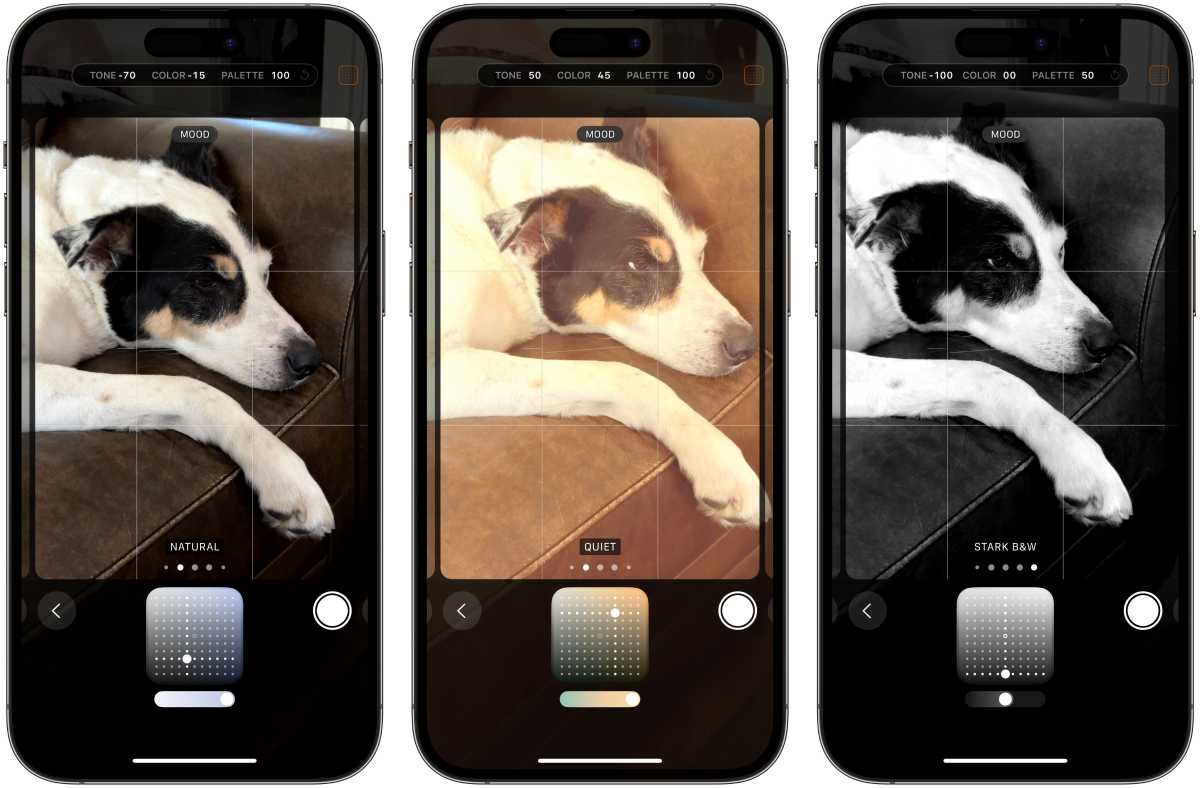
Photographic Styles can be used to give your photos an artistic twist.

Photographic Styles can be used to give your photos an artistic twist.
Foundry

Photographic Styles can be used to give your photos an artistic twist.
Foundry
Foundry
The video camera has a new Audio Mix feature on the whole iPhone 16 lineup. It offers three different ways to adjust the audio after you’ve captured the video. For anyone who does even a small amount of editing to recorded videos, Audio Mix provides flexibility for making your content sound how you want it to sound. It feels like a feature that Apple could’ve easily made exclusive to the iPhone 16 Pro, but again, it didn’t.
iPhone 16 and 16 Plus: Display
The display remains one of the major components separating the iPhone 16 from the 16 Pro. The iPhone 16 uses a display with a 60Hz refresh rate while ProMotion, which offers the ability to automatically adjust the refresh rate to a faster 120Hz when scrolling, remains a Pro feature.
As someone who previously used an iPhone 14 Pro Max daily, the difference between the 60Hz and 120Hz rates is noticeable at times, but it’s more about nuance than practicality. There was never a point while using the iPhone 16 to play games, watch videos, web browsing, or any other everyday task where my experience felt lessened because of the 60Hz display. Most of the time I didn’t even notice.
The iPhone 16 also lacks an always-on display, so when the phone sits idle or you turn off the display, the display goes dark. In my carrying experience, not having an always-on display didn’t bother me; I could just press the power button or tap the display to see notifications or the time. But when using the iPhone 16 in StandBy mode as a nightstand clock, the display also goes dark and to see the time you have to tap the screen, or trip the phone’s accelerometer by shaking the table or stand, or use Siri. That’s the most annoying part and if you use Standby Mode, consider a Pro model.
iPhone 16 and 16 Plus: Performance
The iPhones in recent history are more than fast enough for most people. However, Apple continues to improve performance with each new generation. To see how much of an improvement the new A18 offers, we ran a series of benchmarks, starting with Geekbench 6, which offers insight into general, all-around performance.
Geekbench 6 CPU benchmark
Geekbench 6 results are stated as scores. Higher scores/longer bars are faster.
Since the iPhone 16 and 16 Plus have the same A18 chip, the performance between the two is going to be practically identical. Compared to the iPhone 15’s A16 chip, the A18 posted Multi-core and Single-core results that were 27 percent and 30 percent faster, respectively. That’s a little better than the usual year-over-year boost, but remember, the iPhone 15 used an older-generation chip.
3DMark graphics tests
Results are frames per second. Higher scores/longer bars are faster.
The iPhone 16 offers a boost in graphics performance, too, so if you like to play graphic-intensive games, there’s an improvement. I should note that while the A18’s CPU is similar to the A18 Pro in the iPhone 16 Pro, the graphics processor is what makes the chips different. The A18 Pro has one more GPU core and a bit more oomph than the A18.
Geekbench AI test results
Geekbench AI test using the Neural Engine. Higher scores/longer bars are faster.
Apple’s big marketing push with the iPhone 16 is to tie it to Apple Intelligence. So, AI performance is now a thing to consider and to gauge AI performance, we use the Geekbench AI test.
The results show dramatic improvement over the iPhone 15, as much as 107 percent. The results clearly reflect Apple’s decision to make the non-Pro iPhones capable of supporting its upcoming AI features–the iPhone 15 isn’t on the Apple Intelligence compatibility list, but the iPhone 16 is. (More on the iPhone 16 and Apple Intelligence below.)
iPhone 16 and 16 Plus: Battery life
One major change between the iPhone 15 and 15 Plus and the iPhone 16 and 16 Plus is that the new phones have larger batteries. Combine that with the improved efficiency of the A18 chip in these phones and that means longer battery life. The iPhone battery life has always been good, but now it’s even better. Way better.
Battery life was tested using Geekbench 4’s battery test. It’s a more strenuous test compared to the ways Apple gauges battery life, so the numbers here should be taken within the context of our results, not versus Apple’s numbers.
Geekbench 4 battery test
Geekbench 4 battery test results are stated in minutes. Longer bars/higher results are better.
These results are incredible. The iPhone 16’s improvement is nearly four hours longer than the iPhone 15 and two hours longer than the iPhone 15 Plus which has a larger battery. The iPhone 16 Plus can last over four hours longer than the iPhone 15 Plus. Under regular use, the iPhone 16 and 16 Plus are going to get you through the day and then some, and you can feel comfortable about doing something that will take its toll on the battery–you’re still going to have plenty of charge left over.
As you can see in our iPhone 16 battery life tests, the battery life for the whole iPhone 16-series is drastically better.
iPhone 16 and 16 Plus: Apple Intelligence
If you were convinced that the marquee feature of the iPhone 16 is Apple Intelligence, that’s probably because Apple is promoting it that way. But Apple Intelligence isn’t available yet. That new version of Siri you want to chat with? Doesn’t work yet. The clean-up tool for editing out that strange dude in the background of your photos? Can’t do it yet. The summary you’re looking for about the long email thread you’ve ignored? Sorry, you better start from the beginning.
Apple will start rolling out Apple Intelligence features later this fall, starting with iOS 18.1. That will include a few features, and then later updates will gradually roll out more features. We have details of what’s coming and when. The iPhone 16 hardware is all ready to go with Apple Intelligence, and it could make your new phone feel even newer.
Should you buy the iPhone 16 or iPhone 16 Plus?
Almost everything the iPhone 16 and iPhone 16 Plus does, they do very well. It has all the features most people need every day and a few more that are usually reserved for Apple’s Pro lineup. The iPhone 16 Pro still has more features, but they’ve ventured into the niche arena, addressing the needs of high-end users, such as video producers and professional content creators. You should read our iPhone 16 Pro review to learn more–what you’ll probably figure out that the iPhone 16 and iPhone 16 Plus have all that you need.
iPhone history
Find links below to our reviews of all iPhone models, including the latest generation. The iPhone SE (4th generation) and iPhone 17 are likely to appear in 2025. Learn more about all the new Apple products coming this year and when is the next Apple event. You might also like our iPhone buying guide, best iPhone deals and comparison of every iPhone that is available to buy today.
- Original iPhone (2007) review
- iPhone 3G (2008) review
- iPhone 3GS (2009) review
- iPhone 4 (2010) review
- iPhone 4s (2011) review
- iPhone 5 (2012) review
- iPhone 5c (2013) review
- iPhone 5s (2013) review
- iPhone 6 (2014) review
- iPhone 6 Plus (2014) review
- iPhone 6s (2015) review
- iPhone 6s Plus (2015) review
- iPhone SE (1st generation; 2016) review
- iPhone 7 (2016) review
- iPhone 7 Plus (2016) review
- iPhone 8 (2017) review
- iPhone 8 Plus (2017) review
- iPhone X (2017) review
- iPhone XR (2018) review
- iPhone XS (2018) review
- iPhone XS Max (2018) review
- iPhone 11 (2019) review
- iPhone 11 Pro (2019) review
- iPhone 11 Pro Max (2019) review
- iPhone SE (2nd generation; 2020) review
- iPhone 12 (2020) review
- iPhone 12 Mini (2020) review
- iPhone 12 Pro (2020) review
- iPhone 12 Pro Max (2020) review
- iPhone 13 (2021) review
- iPhone 13 mini (2021) review
- iPhone 13 Pro (2021) review
- iPhone 13 Pro Max (2021) review
- iPhone SE (3rd generation; 2022) review
- iPhone 14 (2022) review
- iPhone 14 Plus (2022) review
- iPhone 14 Pro (2022) review
- iPhone 14 Pro Max (2022) review
- iPhone 15 (2023) review
- iPhone 15 Plus (2023) review
- iPhone 15 Pro (2023) review
- iPhone 15 Pro Max (2023) review
- iPhone 16 (2024) review
- iPhone 16 Plus (2024) review
- iPhone 16 Pro (2024) review
- iPhone 16 Pro Max (2024) review

